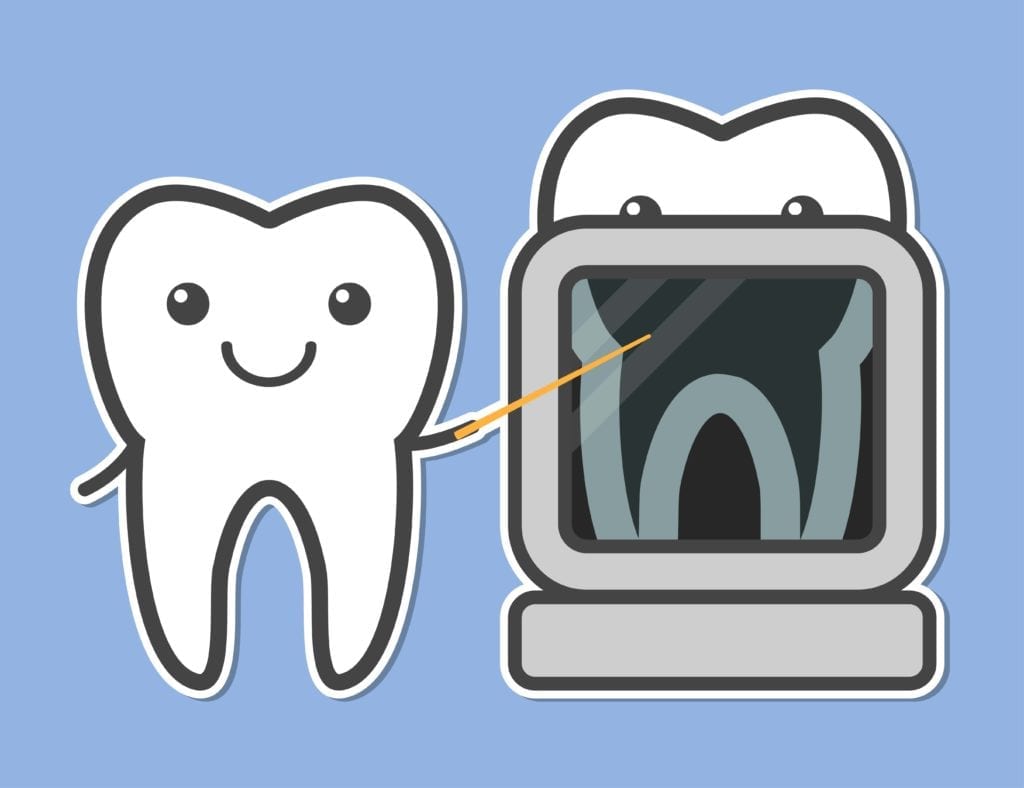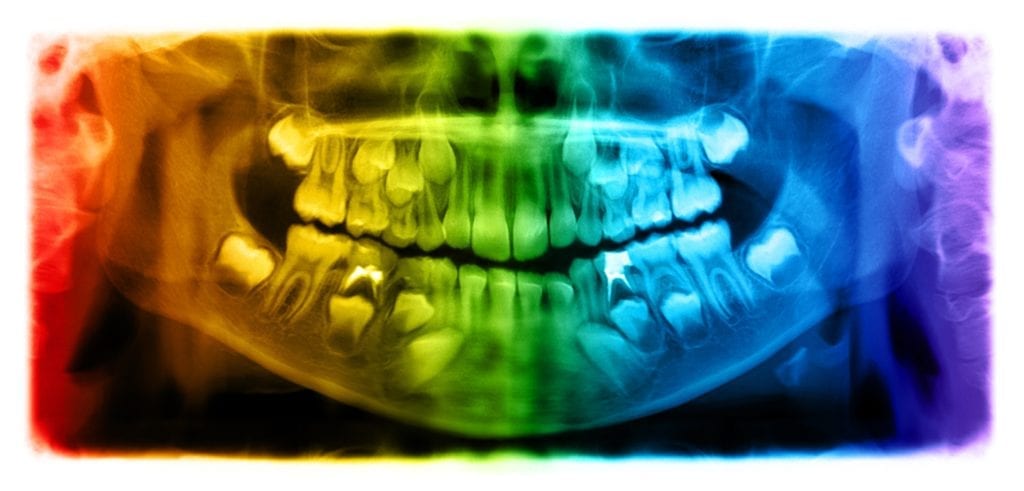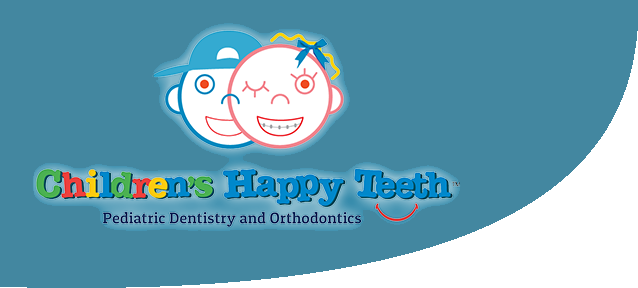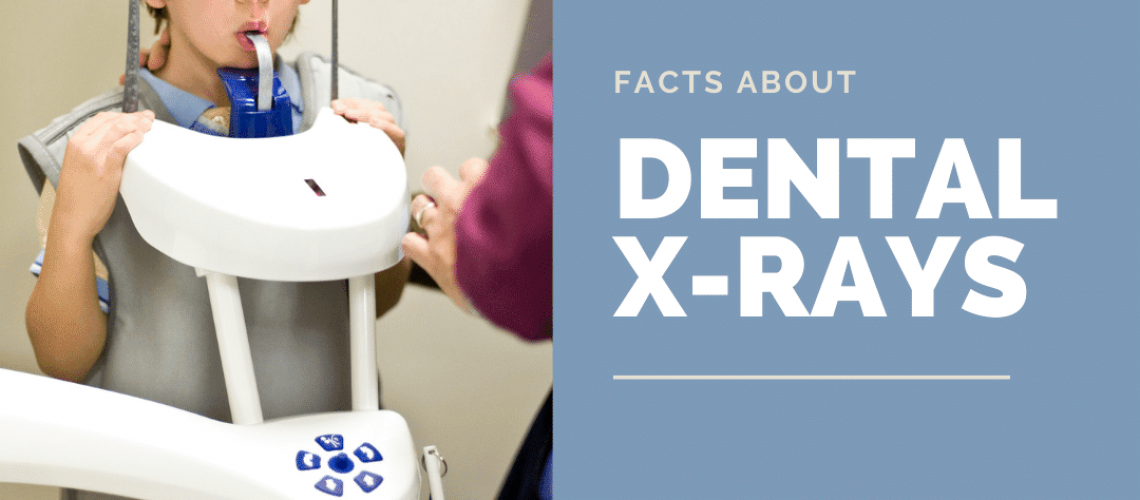Dental x-rays are an important part of your child’s semi-annual dental exam that allow their dentist to evaluate the underlying bone structure, detect dental cavities, and visualize both the primary and permanent teeth. Due to the fact that dental x-rays allow your child’s pediatric dentist to more thoroughly examine your child’s oral health, they are often performed 1-2 times per year. Here are some interesting facts about dental x-rays:
They Can Catch Things the Eye Misses

Some places in the mouth are easier to see than others, for example in between the teeth. Although your child’s dentist will examine your child’s mouth as thoroughly as possible, dental x-rays ensure that nothing is missed. Additionally, dental x-rays allow your child’s dentist to examine the development of your child’s permanent teeth before they have even erupted. In some cases, this may also allow for special treatment to make sure the permanent teeth come in properly.
There are Different Types of Dental X-Rays
There are two main types of dental x-rays: extraoral and intraoral. Extraoral x-rays are taken outside of the mouth and show the entire mouth in a single image known as a panoramic x-ray. This type of x-ray can be used to identify impacted teeth and to plan for braces or extractions. Intraoral x-rays are taken inside the mouth and are usually focused on one specific area. Intraoral x-rays are used to detect cavities and to closely evaluate one or more teeth.
They are Fast and Painless
Dental x-rays can be completed in as little as 10-15 minutes. They are also painless, although some children may experience discomfort from having to hold still in certain positions or from some of the tools used for intraoral x-rays.
They are Used to Diagnose Impacted Wisdom Teeth

As your child enters their late teen years, they may start to experience pain and swelling towards the back of their mouth. This is commonly caused by impacted wisdom teeth that are struggling to erupt out of the gums. While some wisdom teeth can be diagnosed through a visual examination, wisdom teeth that are completely impacted below the gums can only be detected with dental x-rays. These x-rays are then used to determine what type of extraction technique is best to remove the affected tooth or teeth.
They Use Little Radiation
One common concern many parents have when it comes to dental x-rays is the amount of radiation their child is being exposed to. Luckily, digital dental x-rays use very little radiation and release 80% less radiation than traditional x-rays. In fact, your child is exposed to more radiation during a normal daily routine than they are during dental x-rays. For more information on the specific amount of radiation emitted by dental x-rays, see the American Dental Association’s page on dental x-rays.
They Limit Radiation Exposure
Even though the amount of radiation used for digital dental x-rays is very low, the American Dental Association still instructs dentists to use the ALARA principle to limit radiation exposure. ALARA stands for As Low As Reasonably Achievable. This means that your child’s dentist will use any and all necessary precautions such as lead aprons or thyroid collars.





